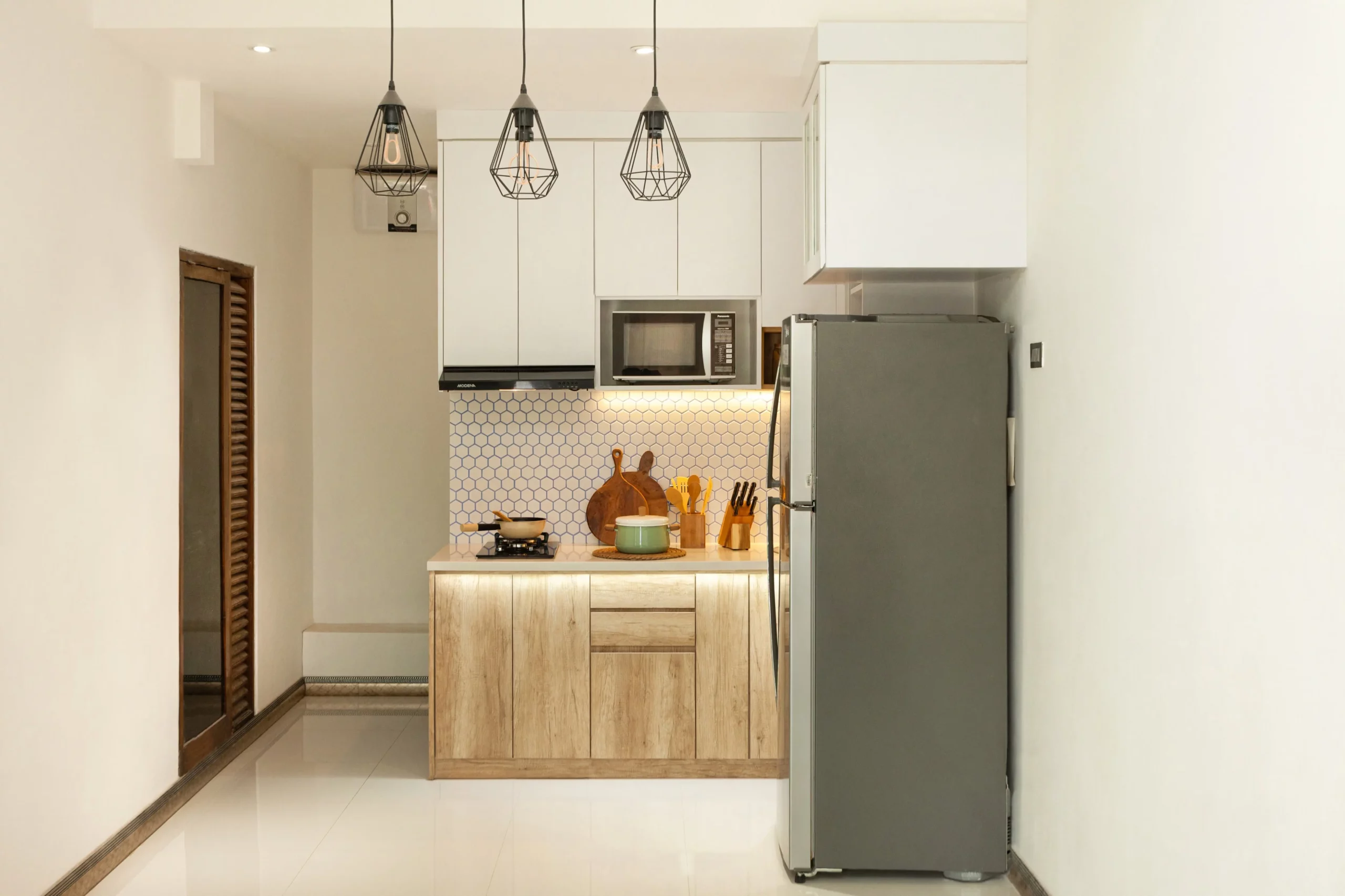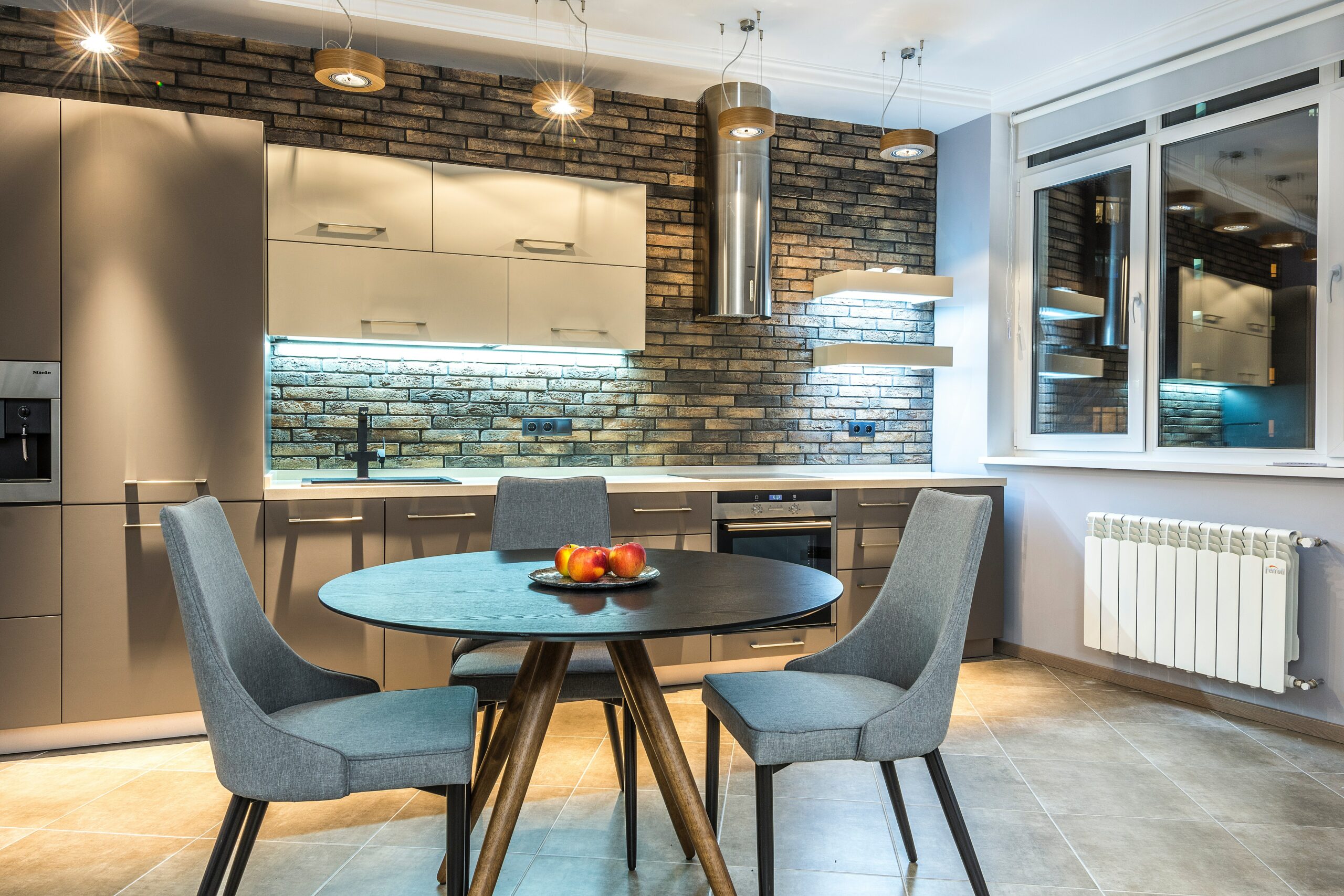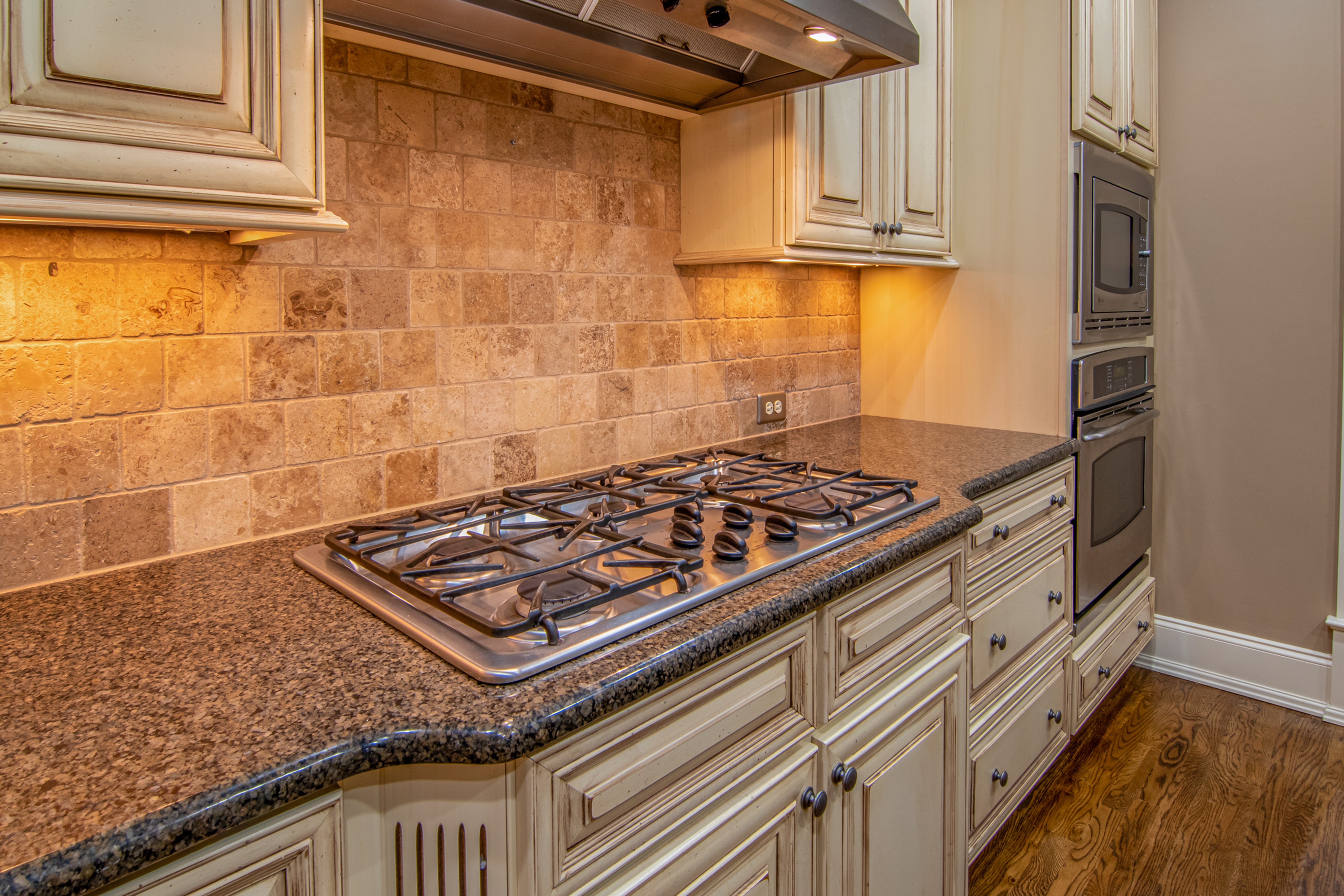
Wooden kitchen cabinets add warmth and elegance to any kitchen space, but they require regular cleaning to maintain their beauty and longevity. Knowing how to clean wood kitchen cabinets properly is essential to preserve their appearance and ensure they remain in top condition for years to come.Cleaning wood kitchen cabinets is crucial to maintaining their appearance and prolonging their lifespan. When considering the cheapest wood for kitchen cabinets, it’s essential to choose a material that not only fits your budget but also offers durability and aesthetic appeal. Here are some tips for cleaning wood kitchen cabinets, along with insights into cost-effective wood options:
Preparation and Supplies
Materials Needed:
- Mild Dish Soap: Opt for a gentle dish soap that will effectively remove grease and grime without damaging the wood.
- Warm Water: Use warm water to dilute the dish soap and create a cleaning solution.
- Microfiber Cloth or Soft Sponge: Choose a soft, non-abrasive cloth or sponge to avoid scratching the wood surface.
- White Vinegar: White vinegar is a natural cleaner that can help dissolve stubborn stains and grease.
- Olive Oil or Wood Polish: To restore the cabinets’ natural shine, consider using olive oil or a specialized wood polish.
Step-by-Step Cleaning Process
Follow these steps to clean your wood kitchen cabinets effectively:
Remove Grease and Grime
Begin by mixing a few drops of mild dish soap with warm water to create a cleaning solution. Dip a microfiber cloth or soft sponge into the solution and gently scrub the cabinet surfaces to remove grease and grime buildup. Be sure to wipe in the direction of the wood grain to avoid causing damage.
Rinse with Clean Water
After cleaning, rinse the cabinet surfaces thoroughly with clean water to remove any soap residue. Use a separate cloth dampened with water to wipe away the soap, ensuring all traces are removed.
Tackle Stubborn Stains
For stubborn stains or sticky residue, mix equal parts white vinegar and water in a spray bottle. Spray the solution onto the affected areas and let it sit for a few minutes to loosen the stain. Then, wipe clean with a damp cloth.
Dry and Polish
Once the cabinets are clean, use a dry microfiber cloth to remove any excess moisture and buff the wood surface to a shine. For added luster, apply a small amount of olive oil or wood polish to a clean cloth and gently rub it onto the cabinets in a circular motion.
Maintenance Tips
To keep your wood kitchen cabinets looking their best, follow these maintenance tips:
Regular Dusting: Dust the cabinets regularly with a soft, dry cloth to prevent dirt and debris from accumulating on the surface.
Avoid Harsh Cleaners: Avoid using harsh chemicals or abrasive cleaners on wood cabinets, as they can strip the finish and damage the wood.
Protective Coating: Apply a protective coating, such as wax or polyurethane, to the cabinets every few years to enhance their durability and resistance to moisture.
Immediate Spill Cleanup: Promptly clean up any spills or splatters to prevent staining and damage to the wood surface.
By following these simple steps and maintenance tips, you can effectively clean and maintain your wood kitchen cabinets, keeping them looking beautiful for years to come.To maintain the pristine appearance of your wooden kitchen cabinets, it’s essential to know how to clean wood kitchen cabinets properly. Regular cleaning not only enhances their aesthetic appeal but also prolongs their lifespan. Here’s a step-by-step guide on how to clean wood kitchen cabinets effectively:
- Gather Your Supplies: Before you begin cleaning, gather all the necessary supplies. You’ll need mild dish soap, warm water, a microfiber cloth or soft sponge, white vinegar, and olive oil or wood polish.
- Create a Cleaning Solution: Mix a few drops of mild dish soap with warm water to create a gentle cleaning solution. Avoid using harsh chemicals that can damage the wood surface.
- Dust and Wipe Down Surfaces: Start by dusting the cabinet surfaces with a dry microfiber cloth to remove any loose dirt or debris. Then, dampen a microfiber cloth or soft sponge with the cleaning solution and gently wipe down the cabinet surfaces, including doors, shelves, and handles. Be sure to follow the direction of the wood grain to avoid causing scratches.
- Spot Treat Stubborn Stains: For stubborn stains or grease buildup, mix equal parts white vinegar and water in a spray bottle. Spray the solution onto the affected areas and let it sit for a few minutes. Then, use a damp cloth to wipe away the stain, repeating as necessary until the stain is removed.
- Rinse and Dry Thoroughly: Once you’ve cleaned the cabinets, rinse the surfaces with clean water to remove any soap residue. Use a separate cloth dampened with water to wipe away the soap. Then, use a dry microfiber cloth to thoroughly dry the cabinets and prevent water damage.
- Polish for Shine: To restore the cabinets’ natural shine, apply a small amount of olive oil or wood polish to a clean cloth. Gently rub the oil or polish onto the cabinet surfaces in a circular motion, buffing until the cabinets gleam.
- Regular Maintenance: To keep your wood kitchen cabinets looking their best, incorporate regular maintenance into your cleaning routine. Dust the cabinets regularly to prevent dirt buildup, and promptly clean up any spills or splatters to prevent staining.
By following these simple steps on how to clean wood kitchen cabinets, you can effectively remove dirt, grease, and stains while preserving the beauty and integrity of your cabinets. With proper care and maintenance, your wood kitchen cabinets will continue to impress for years to come.


